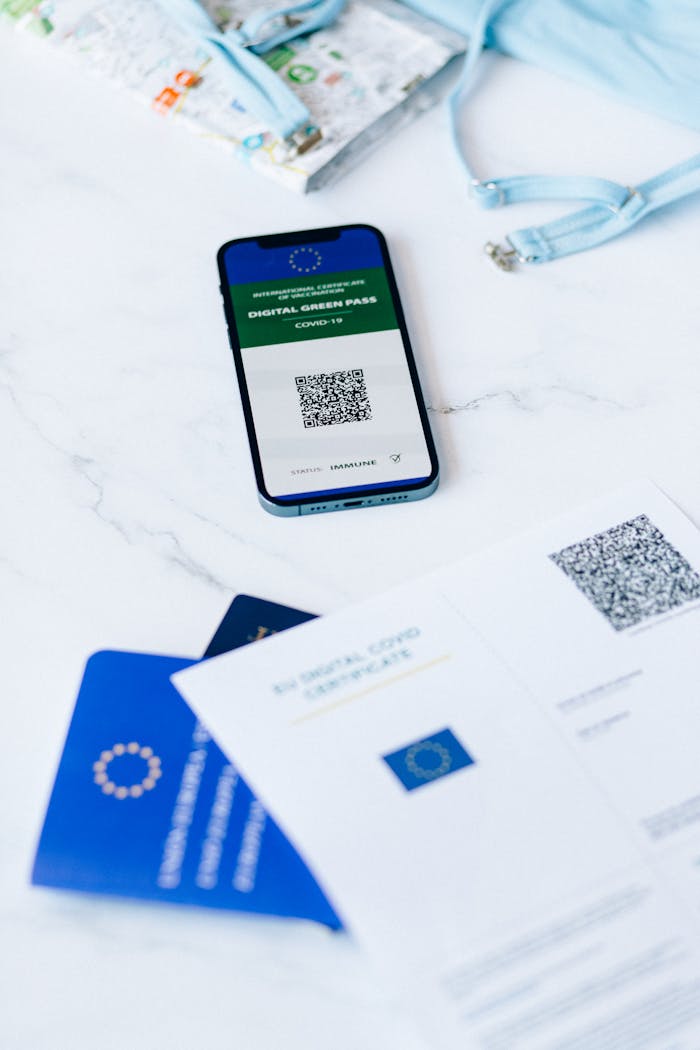The H-1B visa program remains one of the most popular pathways for foreign professionals to work in the United States. However, the process is competitive, regulated, and subject to frequent changes. For 2025, several updates have been implemented to the H-1B system, including key changes to the lottery process and registration procedures.
This guide outlines the H-1B visa process for FY 2025, including timelines, lottery reforms, registration requirements, and practical tips for applicants and employers.
1. What Is the H-1B Visa?
The H-1B is a non-immigrant visa that allows U.S. employers to hire foreign workers in specialty occupations requiring theoretical and practical application of specialized knowledge. Applicants must generally hold at least a bachelor’s degree (or equivalent) in the relevant field.
The visa is initially valid for up to 3 years and can be extended to a maximum of 6 years. It is subject to an annual cap of 65,000 visas, with an additional 20,000 reserved for applicants holding U.S. master’s or higher degrees.
2. Key Dates for H-1B FY 2025
- Registration Period: March 6 to March 22, 2025
- Lottery Selection Notifications: By March 31, 2025
- Petition Filing Window: April 1 to June 30, 2025
- Earliest Employment Start Date: October 1, 2025
Employers must register during the designated period. If selected, they have 90 days to submit the complete H-1B petition.
3. New Lottery Process: Beneficiary-Centric Selection
Starting in FY 2025, USCIS implemented a beneficiary-centric lottery system. Under this new system, each unique beneficiary is entered into the lottery only once, even if multiple employers submit registrations for the same individual.
This change aims to reduce duplicate entries, discourage gaming of the system, and increase fairness and transparency.
4. H-1B Registration Requirements
To register, employers must:
- Create a USCIS online account
- Submit beneficiary information (full name, date of birth, passport details)
- Enter employer details, including company EIN
- Pay a non-refundable $10 registration fee per beneficiary
Accurate and complete registration is essential, as errors can result in disqualification.
5. Petition Filing After Selection
Once selected in the lottery, employers must:
- File Form I-129 with USCIS
- Submit a certified Labor Condition Application (LCA) from the Department of Labor
- Include evidence that the role qualifies as a specialty occupation
- Pay all required fees (filing fee, fraud prevention fee, training fee, premium processing if applicable)
6. Decline in Registration Numbers
For the second year in a row, the number of H-1B registrations dropped. In 2025, approximately 344,000 registrations were submitted — the lowest in four years.
Contributing factors include:
- Increased USCIS scrutiny and documentation requirements
- Higher costs for employers
- Uncertainty regarding future visa availability and processing trends
7. Increased Scrutiny and Requests for Evidence (RFEs)
USCIS has heightened its review standards for H-1B petitions, especially in technology-related fields. Even well-documented applications have seen a rise in RFEs, often requesting:
- More detailed job descriptions
- Proof of employer-employee relationship
- Evidence that the role qualifies as a specialty occupation
Employers should be prepared for additional paperwork and delays.
8. Employer Responsibilities
Employers sponsoring H-1B workers must:
- Cover all mandatory visa processing fees
- Pay the prevailing wage based on job role and location
- Maintain public access files for compliance
- Ensure that the job offer and duties align with the qualifications of the candidate
9. Alternatives to H-1B If Not Selected
If not selected in the H-1B lottery, candidates may explore:
- O-1 Visa: For individuals with extraordinary abilities in their field
- L-1 Visa: For intra-company transferees
- F-1 OPT & STEM OPT Extension: For recent graduates, particularly in science, tech, engineering, and math
- Cap-exempt H-1Bs: Employment with non-profits, universities, or research institutions not subject to the annual cap
The H-1B visa process for 2025 introduces meaningful reforms, especially through the beneficiary-centric selection model. While this may improve fairness, increased scrutiny and lower registration numbers suggest a more competitive and cautious environment.
Employers and applicants should plan early, stay informed, and consider professional guidance to navigate the evolving landscape effectively.


